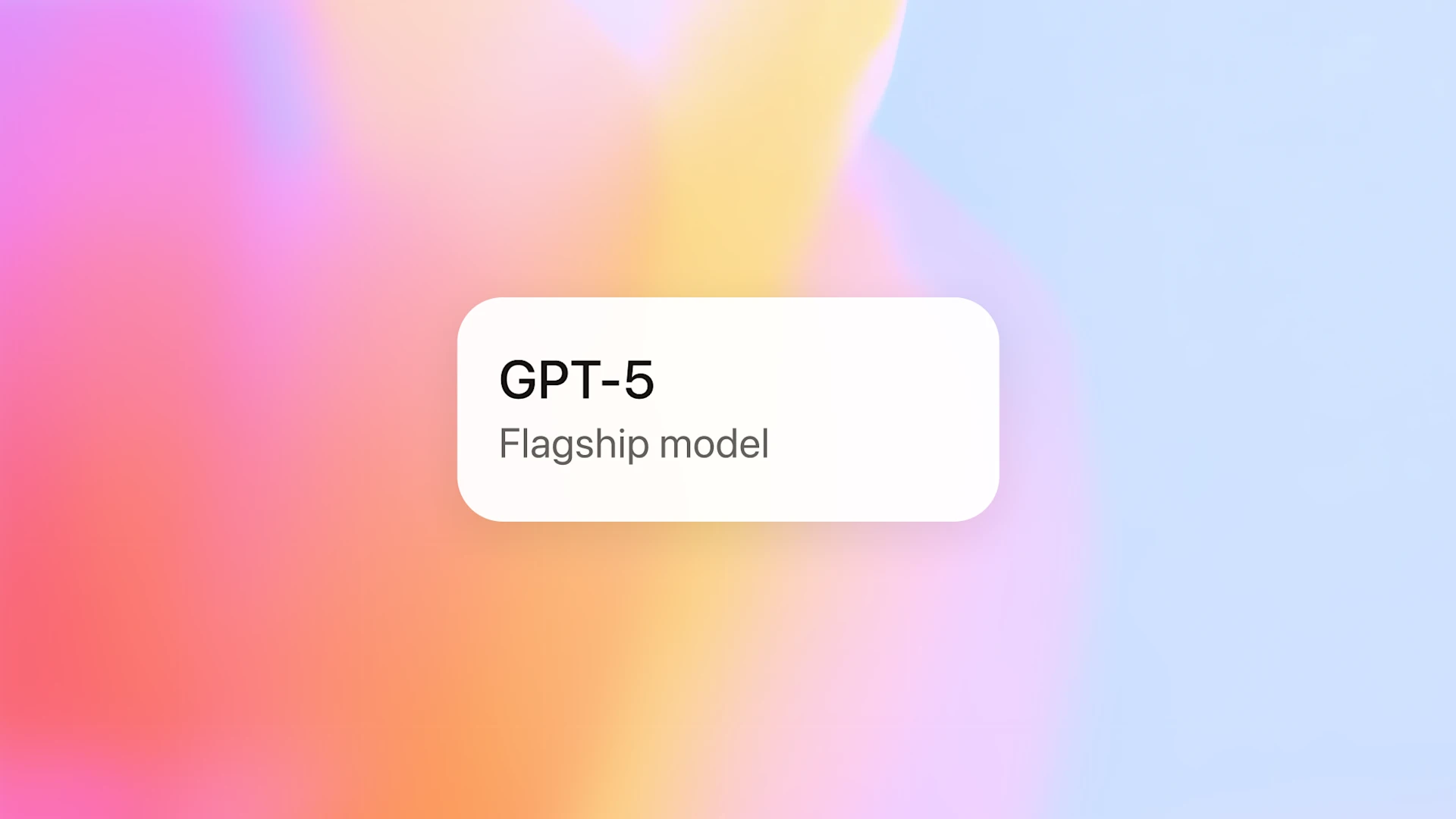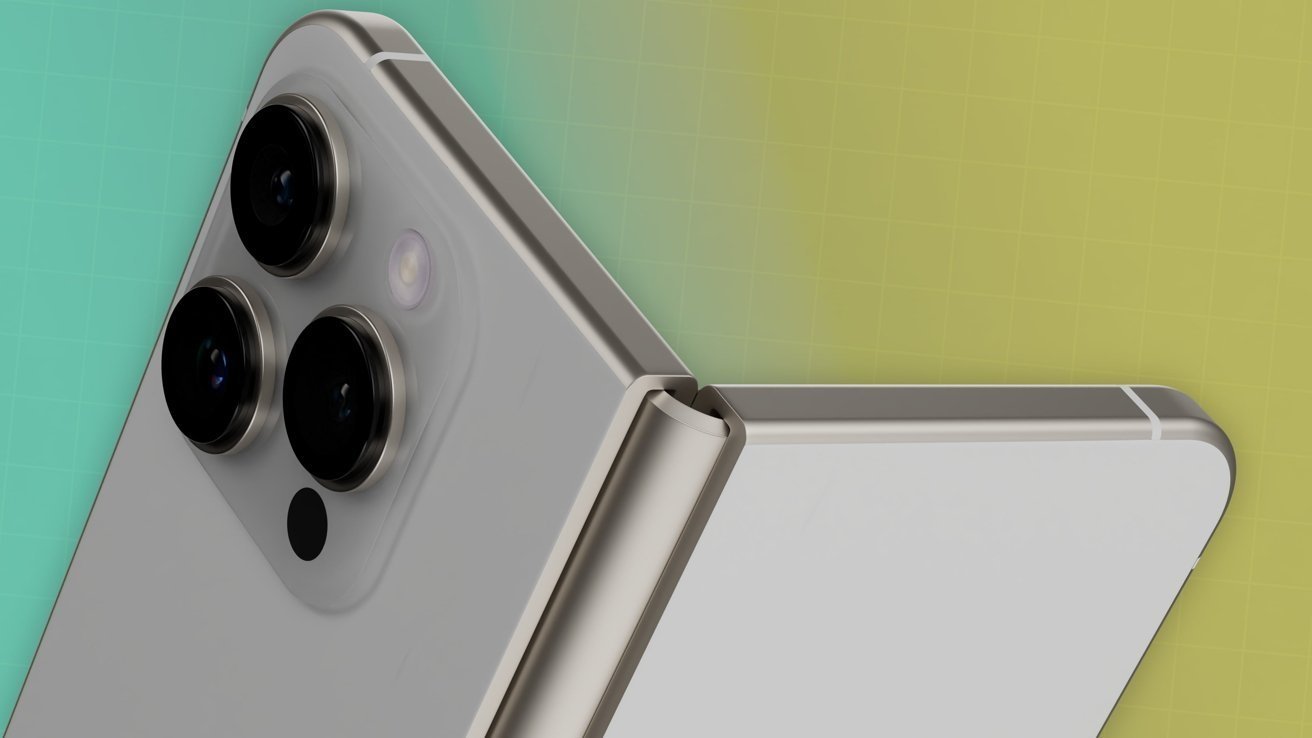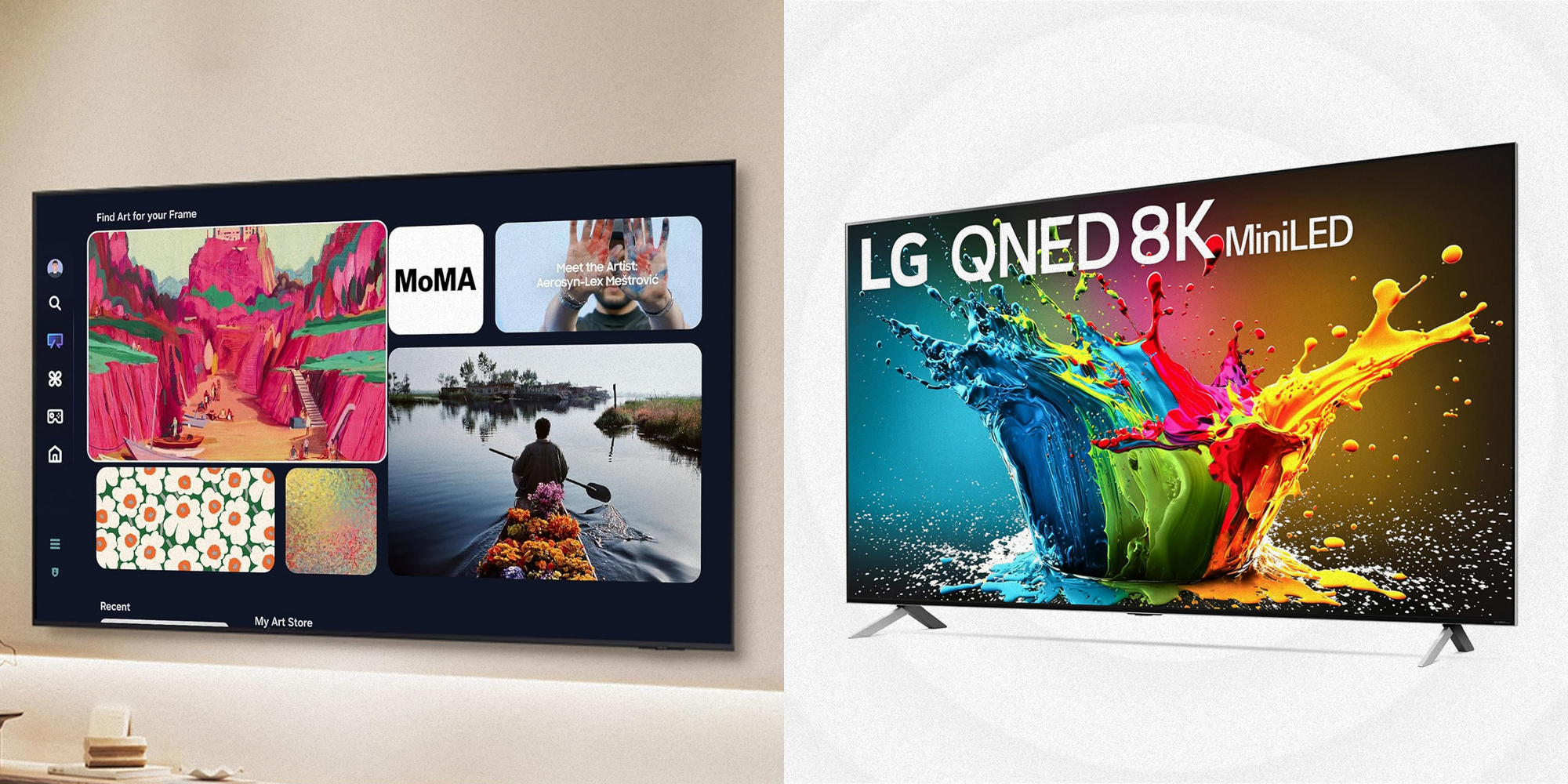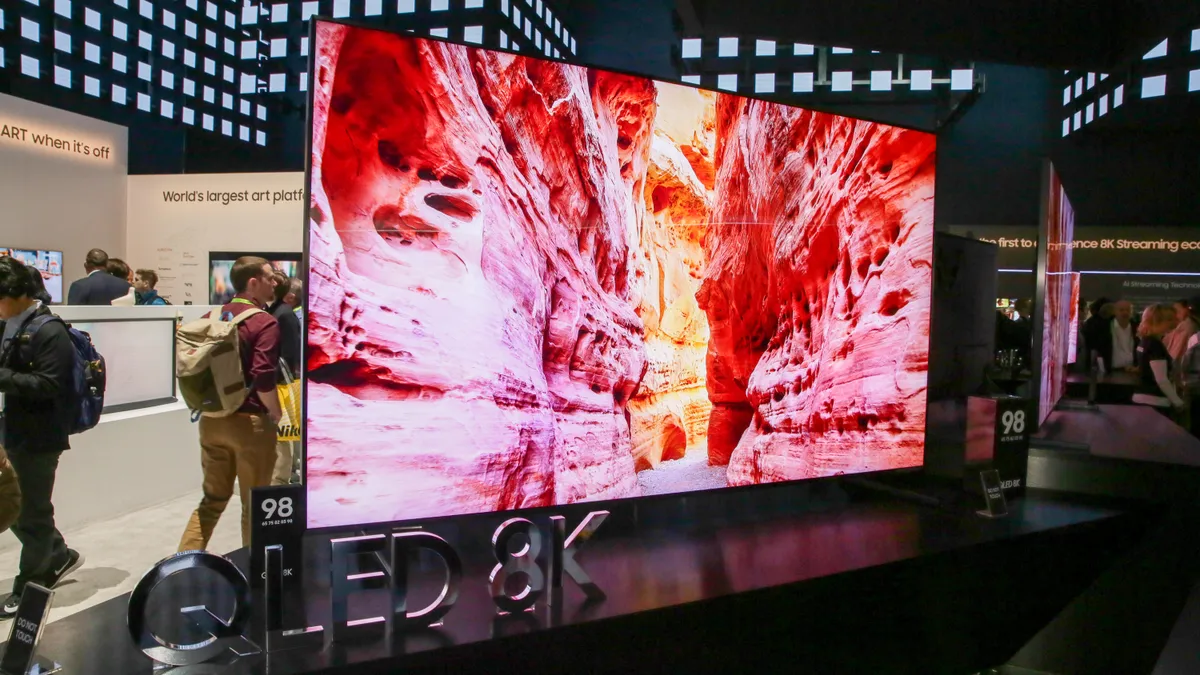HDR (High Dynamic Range) technology is becoming increasingly popular in TVs and other displays. It’s a feature that enhances the viewing experience by improving the brightness, contrast, and color range of images.
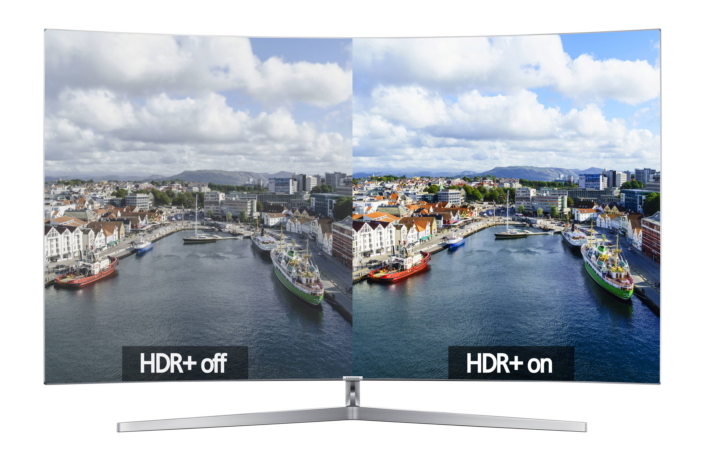
The traditional standard for brightness and contrast in TVs is called Standard Dynamic Range (SDR). However, with HDR, the brightness and contrast can be much more varied, resulting in a much more dynamic and realistic image.
There are two main types of HDR: HDR10 and Dolby Vision. HDR10 is an open standard that is supported by many TV manufacturers and streaming services, while Dolby Vision is a proprietary format developed by Dolby Laboratories.
Dolby Vision
Dolby Vision is a proprietary HDR format developed by Dolby Laboratories. It’s designed to provide a more immersive and lifelike viewing experience by enhancing the brightness, contrast, and color range of images.
Related: Bring the theater home with Dolby Atmos
One of the main advantages of Dolby Vision over other HDR formats is its support for dynamic metadata. This means that the TV can adjust the brightness and contrast of the image on a frame-by-frame basis, resulting in a much more accurate and realistic image.
In addition, Dolby Vision supports a wider color gamut than other HDR formats, resulting in more vibrant and lifelike colors. This is achieved through the use of 12-bit color depth, which provides over 68 billion colors.
Dolby Vision is also compatible with both OLED and LCD displays, which means that it can be used on a wide range of TVs and other devices.
What are ways HDR improves image quality?
HDR can make a big difference in certain types of content, such as movies and TV shows that have a lot of dark and bright scenes. For example, a sunset or a bright explosion can be much more vivid and realistic with HDR.
In addition, HDR can also improve the color range of images. With a wider color gamut, images can be more vibrant and lifelike. This is particularly important for content that has a lot of bright and saturated colors, such as nature documentaries or animated movies.
However, not all content is created equal when it comes to HDR. In order to take full advantage of HDR, the content needs to be specifically mastered in HDR. This means that the color grading and brightness levels need to be adjusted to take advantage of the increased dynamic range. Netflix offers a significant amount of Dolby Vision content – see Netflix’s HDR “how-to” for more information.
Overall, HDR is a technology that can greatly enhance the viewing experience on compatible displays. Whether you’re watching a movie or playing a video game, HDR can make the images more realistic and immersive, resulting in a more enjoyable viewing experience.


